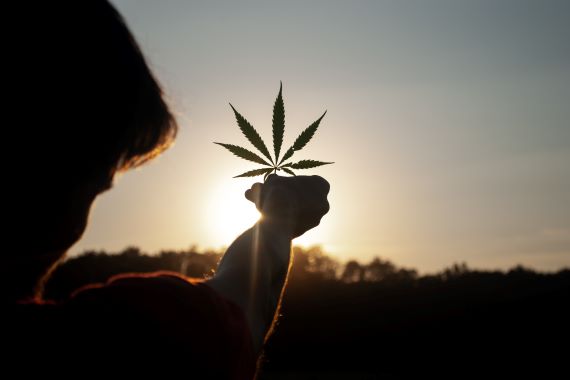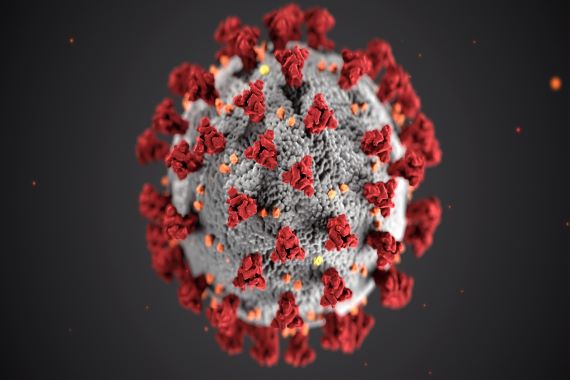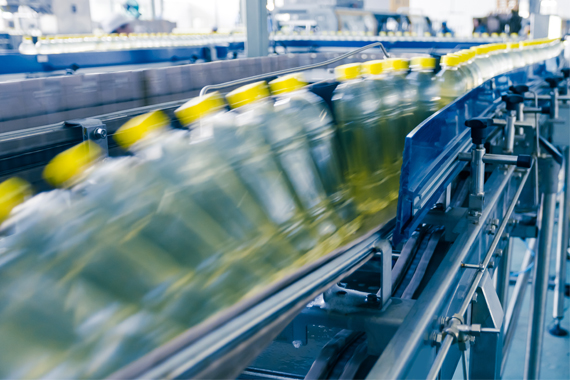How States and Cannabis Businesses are Using Technology to Get Through the Pandemic
Cannabis cultivators, processors, and retailers rely on technology to meet complex regulatory obligations and run their businesses. But by the onset of the COVID-19 pandemic, U.S. states and legal cannabis businesses were accustomed to a crowded marketplace full of differing and often overlapping technology that served multiple functions within the cannabis industry.
Whereas traditional companies have the flexibility to grow into and accumulate technology as they go, cannabis businesses need sophisticated tech and compliance capabilities right out of the gate.
Cannabis retailers, for example, need a point of sale (POS), inventory management, and compliance software package that connects to their state-level track-and-trace system, like METRC. Used in more than 11 states, including Alaska, California, Colorado, Louisiana, Maryland, Massachusetts, Michigan, Montana, Nevada, Ohio, Oregon, and Washington, D.C., without an inventory compliance software like METRC, a cannabis entrepreneur can’t operate.
Cannabis Technology Creates Profit
At the same time, retailers need to be accessible to their cannabis customers on the internet and mobile devices, so offering an online menu is optimal. Having the right technology in place often means the difference between profitability and closing a cannabis operation’s doors.
Considering the spike in online ordering after the pandemic hit, technology allowed these companies to keep pace with the demand. In states where permitted, the capability to deliver cannabis products saved cannabis companies who had the software to display available products, process orders and, in turn, expedite deliveries.
The Pandemic Uncovers Need for Technology
Many of these software stacks are beginning to converge thanks to the pandemic exposing a new need that fast-tracked adoption. The use of technology came as a delight to state governments, cannabis businesses, and cannabis consumers.
Cannabis retailers and medical dispensaries sell to the consumer using systems that allow them to adhere to their state’s cannabis compliance and tracking regulations, but they do more than that. These systems can offer online ordering (and delivery where permitted), menu option displays, and more. The added bonus is that these systems allow companies to adjust to the new regulations and processes instantly.
Upon facing COVID-19 restrictions, cannabis companies, state governments, and consumers used these systems as lifelines instead of begrudgingly necessary expenses. States’ policies quickly evolved to meet the business and consumer needs through the pandemic, so dispensaries and retailers used technology to adapt to new rules with as little disruption as possible.
States Open the Doors to Tech
For their part, state governments have taken the opportunities brought on by the pandemic to get innovative by leveraging technology to mitigate business and health risks through the crisis.
Enabling contactless access for patients became the priority in response to the medical cannabis demand. Of the 34 states (including the District of Columbia) with medical markets at the time, 31 regulatory bodies amended regulations to approve telehealth visits for prescription renewals. Nineteen of those regulatory agencies allowed telehealth visits for medical cannabis appointments of first-time patients. In 26 states, governors distributed emergency guidance that allowed curbside pick-up, delivery, or online sales – previously not allowed – to keep business afloat and consumers safe during stay-at-home orders.
In response to social distancing recommendations, the adoption of technology helped other facets of the cannabis economy continue benefiting from virtual business, whether temporarily suspending traditional onsite compliance inspections or establishing new, convenient, and safer options for purchasing cannabis products.
Take a look at a few examples of states using technology in their COVID-19 response:
- Colorado holds workshops tackling essential cannabis topics, including compliance and sustainability online.
- Hawaii requires cannabis businesses to provide safety practices at their facilities and communicates relevant policy updates over the internet.
- Illinois adopted online and telephone orders as well as reserved hours for retail locations to serve high-risk groups.
- Ohio began accepting phone and online orders for cannabis prescriptions, using telemedicine in place of in-person visits and implemented virtual inspections using CCTV feeds and FaceTime.
- Maryland instituted a series of measures to minimize unnecessary in-person interactions, such as conducting compliance inspections virtually, allowing contact-free curbside delivery, and increasing the number of patient delivery-authorized businesses.
- Massachusetts allowed patients seeking medical marijuana to apply and order online; the Cannabis Control Commission went virtual for the public committee hearings.
- Minnesota implemented virtual inspections during the pandemic and allowed practitioners to use telemedicine to determine a patient’s qualifying condition for initial certification.
- Nevada, once regulators issued emergency directives allowing for delivery and curbside pick-up in May, the new practices accounted for approximately 75% of sales in the state’s track-and-trace system within two weeks. Without the ongoing Covid response, these types of policy changes would have taken much longer to institute.
All of the innovative attempts by regulators and the quick adoption of new procedures by cannabis businesses keep the cannabis industry moving and its consumers safe. The silver lining is that many of these new technologies, processes, and practices will likely remain and become a part of the new normal once the threat of COVID subsides.
c2b teknologies offers Metrc Integration so you can extract data and track products to and from Metrc. Reporting at every stage of seed-to-sale is verifiable and reportable using our software connector, allowing seamless movements between Metrc and any ERP system.
Find out about our bi-directional approach to converting your Metrc compliance data from raw to real results.






